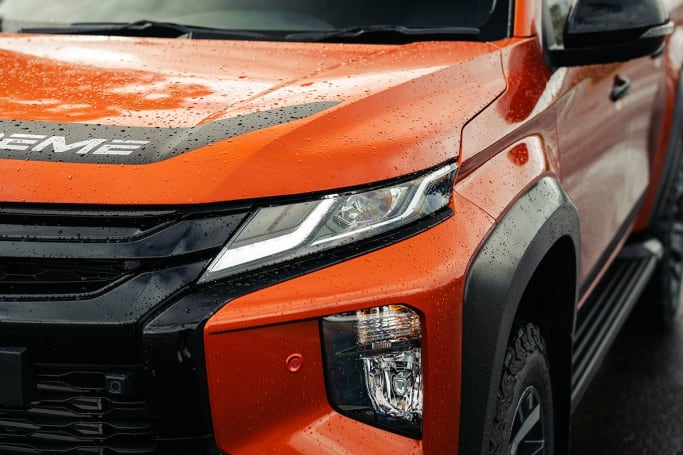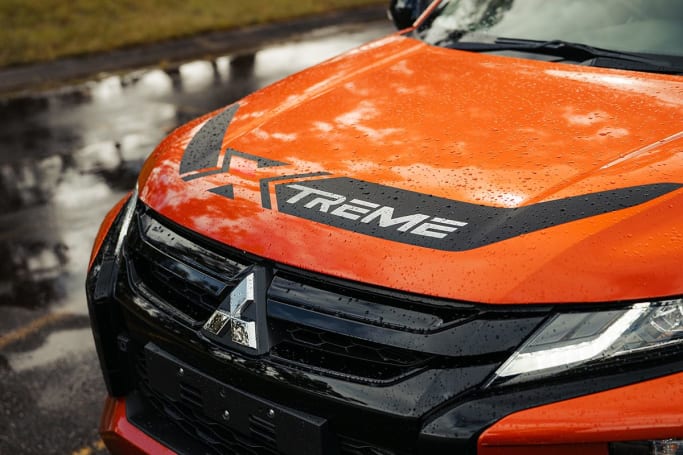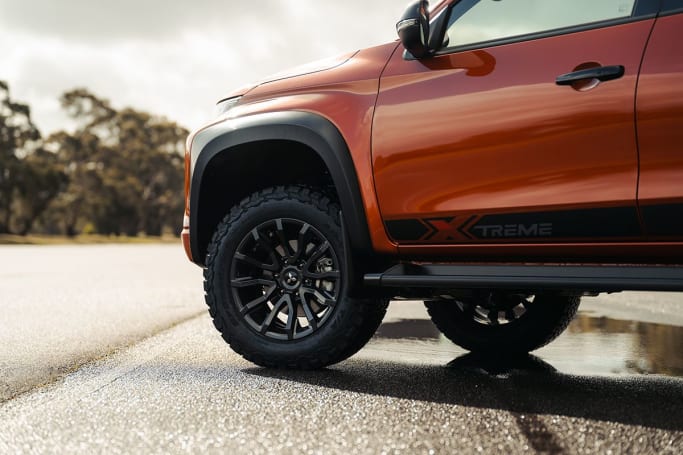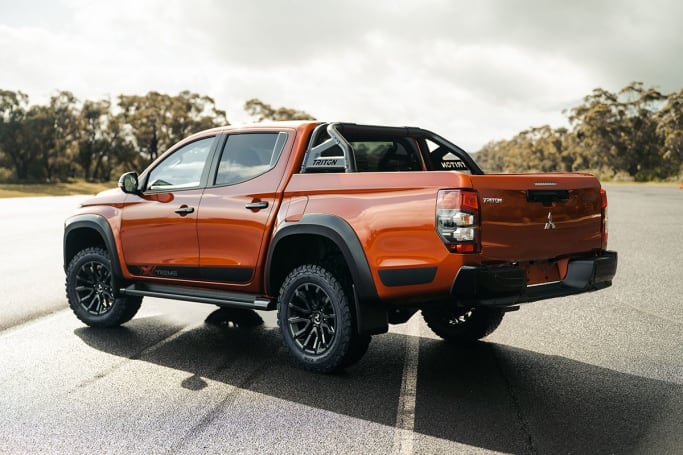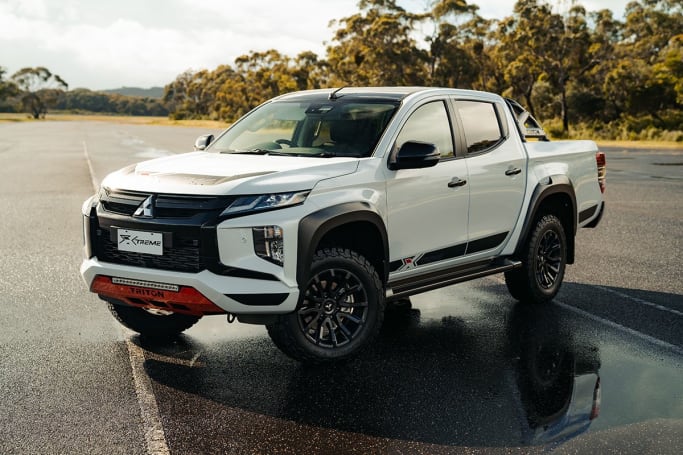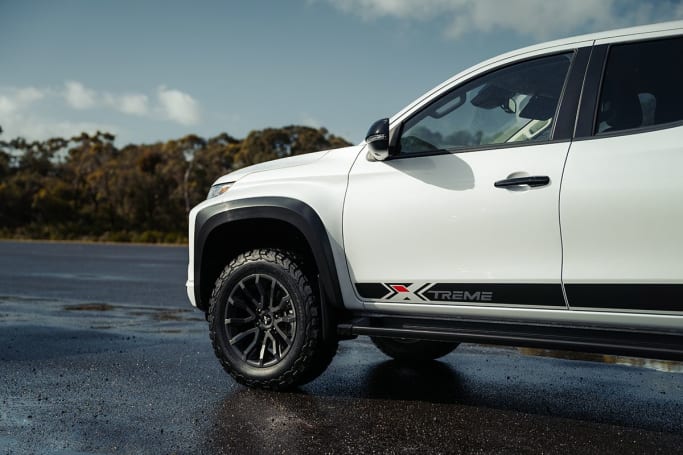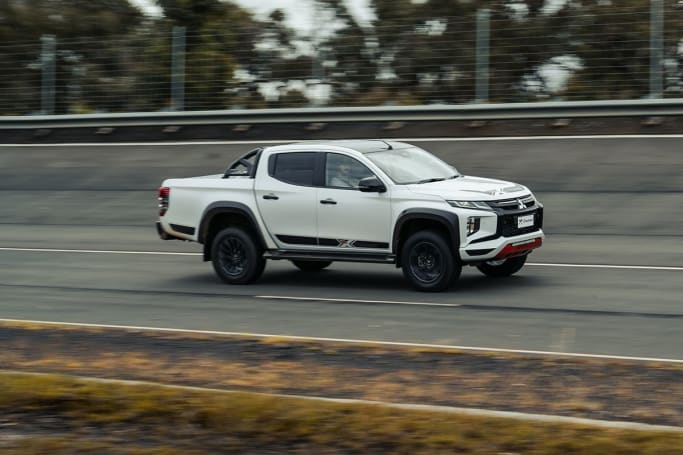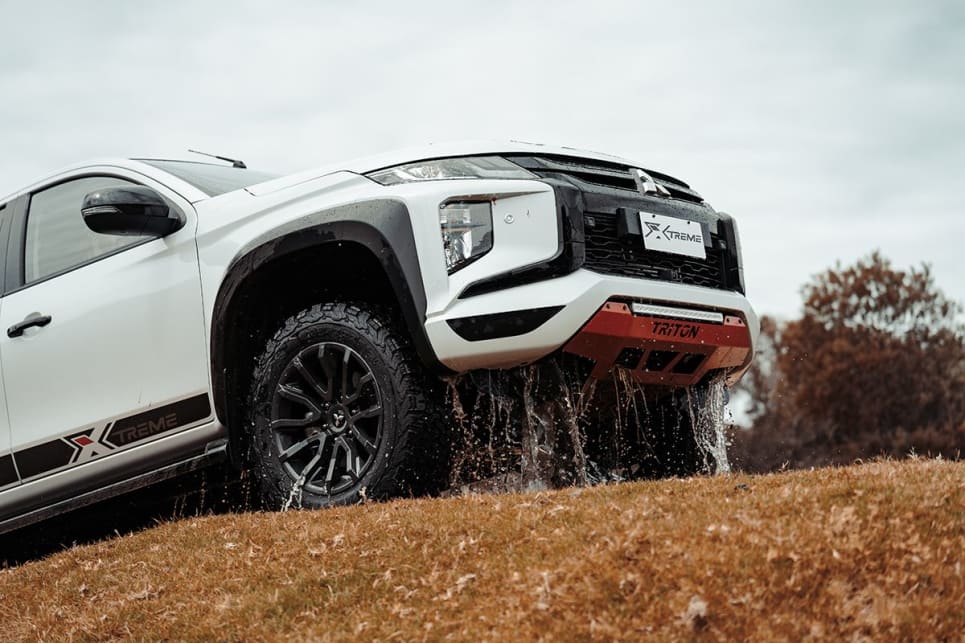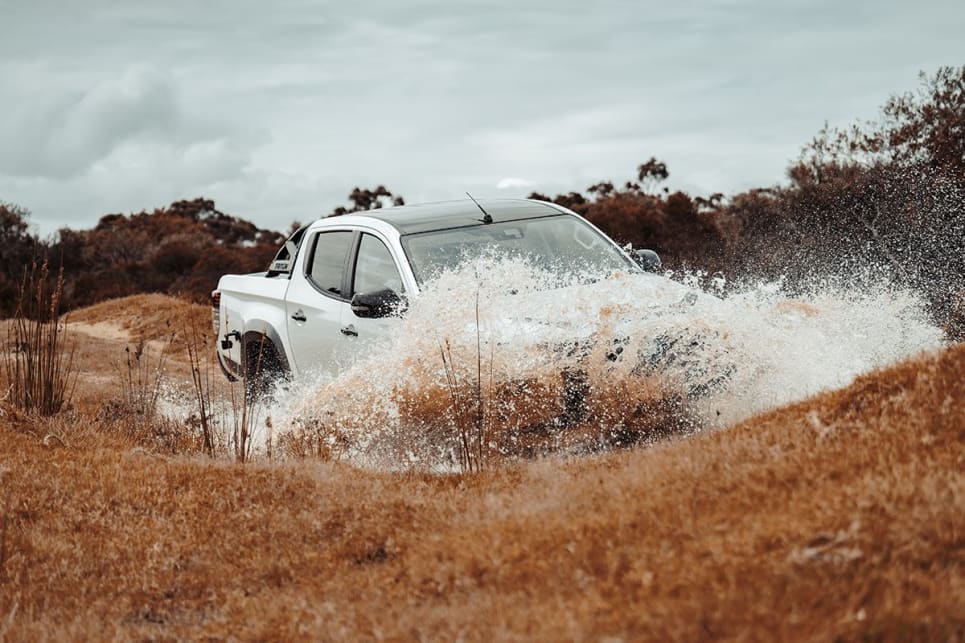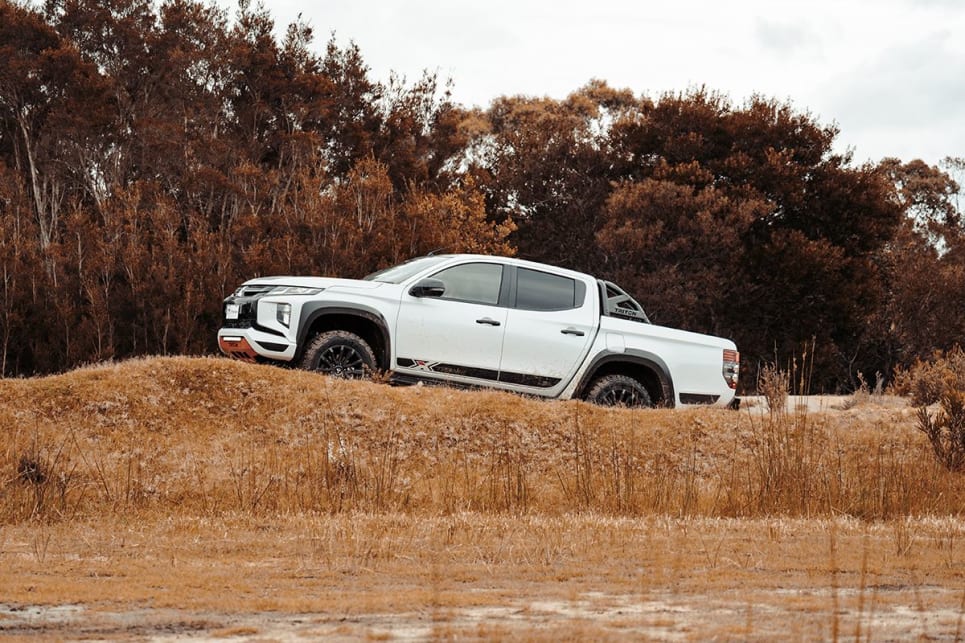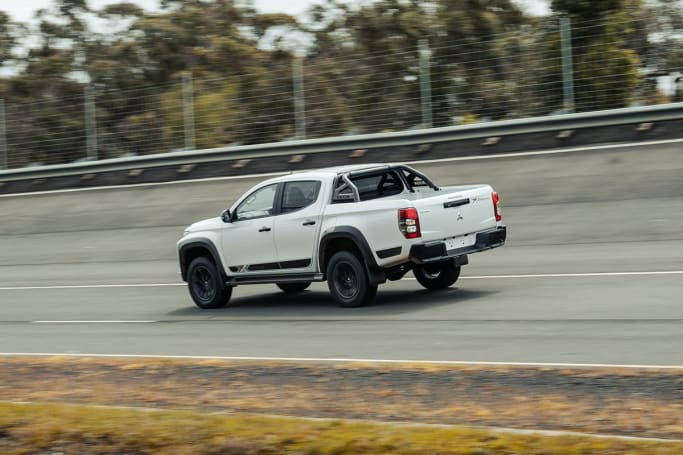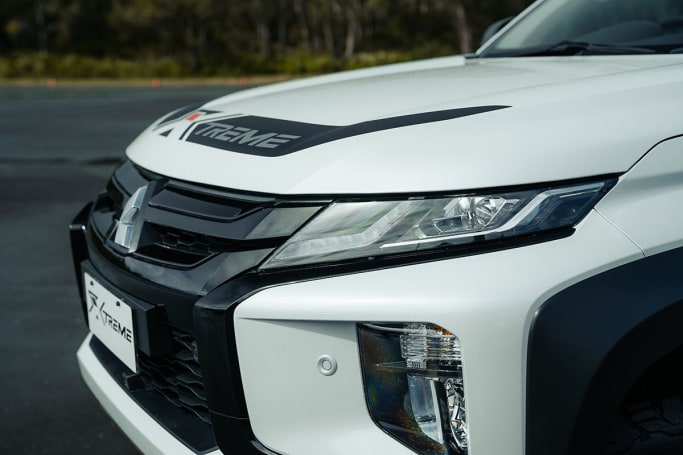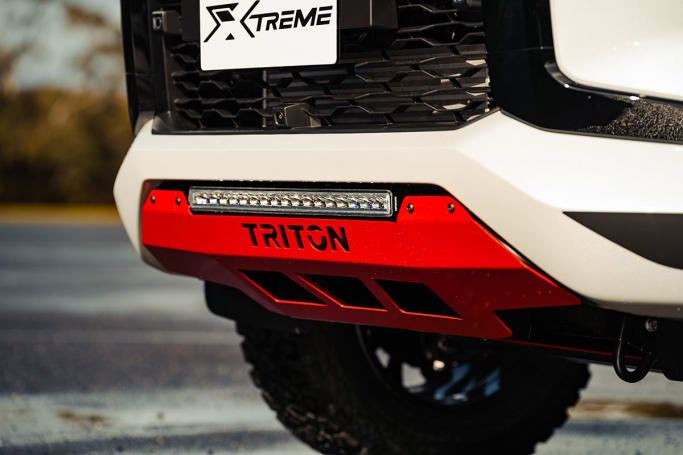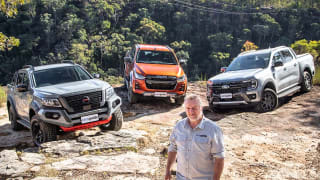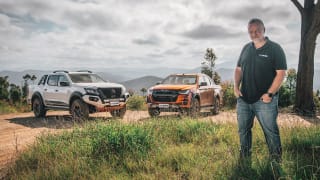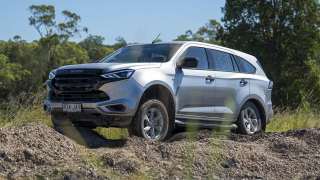Based on the Triton GSR, the Xtreme package adds a fairly substantial $14,500 to the GSR’s sticker price to arrive at $71,990.
On the surface, that’s pretty bold pricing, because it pitches the Triton smack bang into the middle (or even slightly above) the pricing of the HiLux Rogue ($70,200) and the Nissan Navara Pro 4X Warrior ($70,015).
Yes, the Ford Ranger Raptor with its mad petrol V6 engine costs more at $85,490, but the Ranger Wildtrak 3.0 is a much closer match for the Triton, and costs $70,190. The Wildtrak at that price also has a V6 turbo-diesel engine with a lot more straight-line performance than the Triton, so clearly Mitsubishi is feeling bullish.

The price is offset by standard kit that includes digital radio, Bluetooth, Apple CarPlay and Android connectivity, keyless entry and start, dual-zone climate control air-conditioning, privacy glass, LED headlights, halogen fog lights, and heated and automatically folding rear view mirrors.
Interestingly, the Triton also gets a tilt and telescopically-adjustable steering column, and that’s no gimme in this category.
The other thing to note is that we probably won’t be seeing deliveries of the Triton Xtreme until the third quarter of this year, so don’t hold your breath waiting to see one in traffic just yet.
